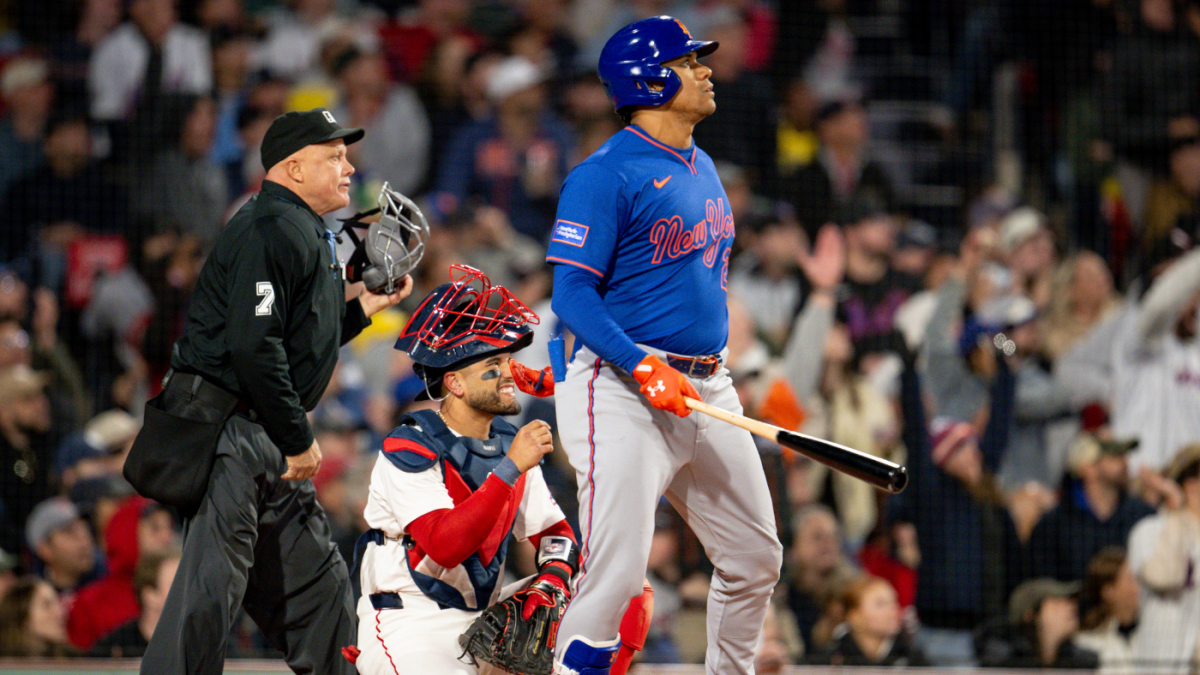The Intricacies of Juan Soto’s Journey with the New York Mets
The New York Mets embarked on a bold and ambitious chapter with the signing of Juan Soto, a player whose talent and record-breaking contract promised to catapult the franchise into MLB’s elite ranks. Yet the unfolding story is far from straightforward. Beyond the headlines and numbers lies a complex interplay of expectations, effort, perception, and the pressures unique to the New York baseball landscape.
Understanding the Hustle Controversy
Central to recent debates is a question that transcends statistics: how much effort is Soto really putting into his game? Comments from Mets manager Carlos Mendoza and vivid moments captured on the field have spotlighted a perceived lack of hustle, particularly Soto’s reluctance to sprint aggressively once balls that seemed destined for home runs fell short. This isn’t merely a fan gripe—this is a conversation happening in the locker room and between management and their star player.
Soto pushes back firmly on these critiques, insisting that he is giving his all, but there lies a dissonance between his words and many observers’ interpretations of his on-field demeanor. This disconnect fuels frustration, making every run, swing, and slide a subject of intense scrutiny. When a player’s effort becomes a matter of debate, it reflects the larger challenge of aligning professional standards with subjective perceptions, especially against the backdrop of a historic contract.
The Manager’s Tightrope: Balancing Critique and Encouragement
Mendoza’s role extends beyond strategy; he must navigate delicate interpersonal terrain. The manager faces the challenge of holding a superstar accountable without alienating him—a balancing act between fostering growth and maintaining morale. Mendoza’s public restraint coupled with acknowledgment of the need for tougher conversations hints at a sophisticated approach: he aims to build trust, protect Soto’s confidence, but also clearly set non-negotiable expectations about hustle and professionalism.
This nuanced approach manifests in how Mendoza praises strong performances, reinforcing positive momentum while opening the door for honest dialogue when standards slip. It reveals an underlying belief that leadership isn’t just directing talent but shaping character and shared values.
New York’s Demanding Stage and Fan Dynamics
Transitioning to New York is rarely simple for any athlete, particularly those who arrive with sky-high expectations and monumental contracts. The city’s sports fans are passionate and deeply invested—sometimes forgiving, often unforgiving. Soto’s journey illustrates the steep climb faced by newcomers whose every move is magnified, with enthusiasm quickly turning to scrutiny.
His early struggles in adjusting, coupled with the hustle debate and a dip in recent offensive output, have stirred vocal criticism. The audible boos during games are not just expressions of dissatisfaction but also a psychological battlefield where immense pressure threatens to erode confidence. This external environment accelerates the urgency for Soto to demonstrate his commitment beyond statistics, embedding himself within the cultural fabric of the team and fan base alike.
Soto’s Enduring Value Amidst Challenges
Despite these challenges, the essence of Soto’s value remains undeniable. Even during slumps, his keen eye at the plate—evidenced by a strong on-base percentage—and game-changing power underline why the Mets bet heavily on him. His accolades, including a World Series title, are testament to his elite status.
Yet baseball is as much a mental sport as it is physical, and Soto’s current circumstance elevates the conversation to one of holistic performance that integrates effort, adaptability, and emotional intelligence. His future contribution depends not only on talent but on rekindling a visible passion and aligning with the team ethos.
Organizational Commitment and the Path Forward
The Mets’ ownership and leadership have shown a proactive stance. High-level meetings involving Steve Cohen signal the organizational weight placed on resolving these issues. This commitment reflects an understanding that championship aspirations hinge on Soto’s successful integration both on and off the field.
Teammates’ public support, such as Brandon Nimmo’s praise of Soto’s competitive fire, suggests an environment conducive to growth if managed thoughtfully. The path ahead requires partnership: Soto’s openness to feedback and adjustment, combined with the team’s strategic management of rest, workload, and culture building.
Conclusion: Navigating Expectations with Effort and Adaptation
Juan Soto’s saga with the Mets perfectly encapsulates the fragile balance between prodigious talent and the demands of professional maturity and team synergy. This narrative is more than a question of hustle—it is about meeting expectations with visible dedication and forging relationships that elevate collective success.
The Mets and Soto stand at a crossroads where mutual understanding and deliberate action can transform criticism into opportunity. If navigated wisely, this phase can become a compelling story of resilience and championship pursuit. Conversely, mismanagement risks undermining both player legacy and team ambitions.
In a city where the spotlight never dims, this unfolding “dance” of expectations and performance will shape not only the future of a franchise but also the enduring narrative of one of baseball’s brightest talents.











